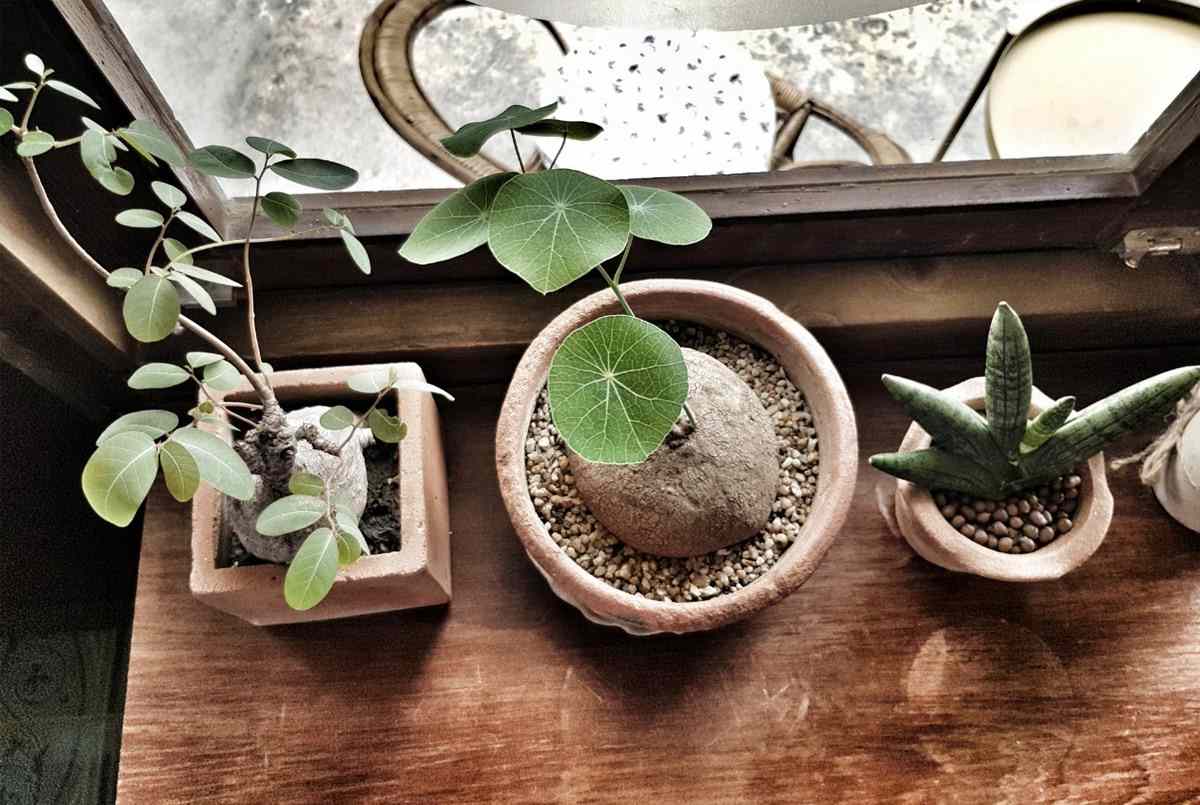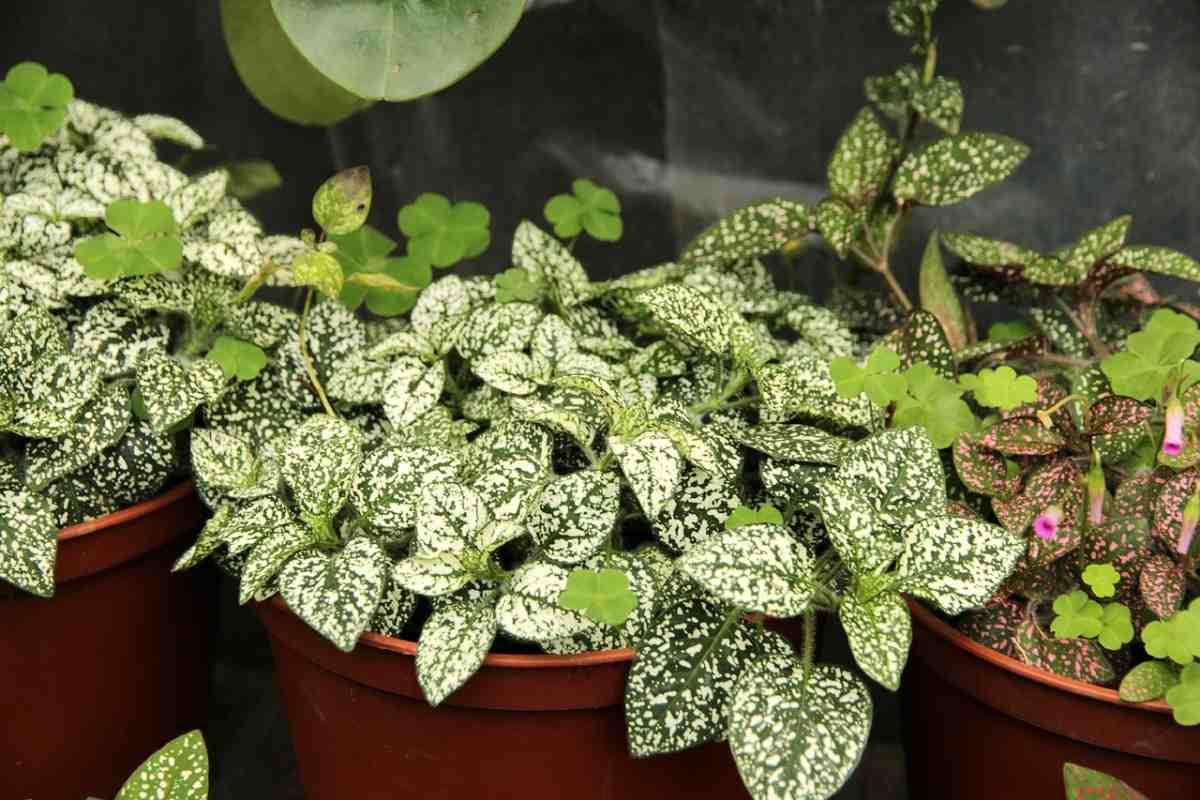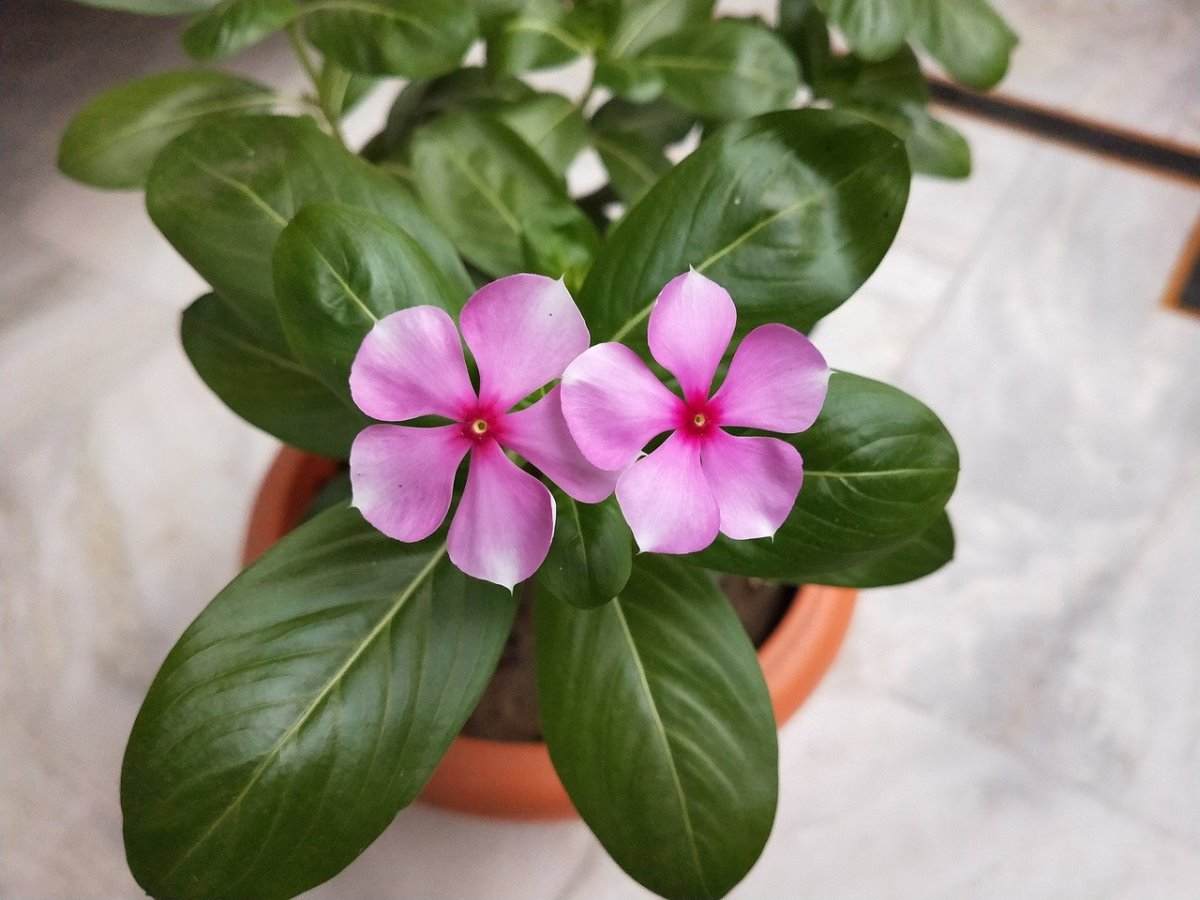Introduction to Indoor gardening Frequently Asked Questions – Indoor gardening is a technique to grow plants indoors. The idea of indoor gardening is just growing plants indoors. There are, however, many various purposes for indoor gardening and multiple styles and even techniques that will be used. The explanations for indoor gardening are often strictly practical, purely for enjoyment, or even for a touch of both.
A guide to Indoor Gardening Frequently Asked Questions

Indoor gardening gives you a chance to exercise your green fingers all year long, be it harsh winters or hot summers. With indoor gardening, you’ll be on the brink of your greens.
So, go ahead, push that window hospitable let some fresh air in, spread some newspapers, and grab a bag of potting soil and a container. But first, let’s probe these Indoor Gardening tips and tricks to organize you for your indoor gardening adventure. Now let us get into indoor gardening frequently asked questions along with answers.
What are the kinds of indoor gardening?
Indoor garden designs, 4 – Types to think about
- Indoor garden designs are beautiful
- Window herb conservatory designs
- Hydroponic conservatory designs
- Air plant garden designs
Why is indoor gardening important?
Having plants in your home or office is often a source of delight. Indoor gardening usually relieves stress, boosts creativity, productivity, and focus, and promotes recovery. There’s some evidence that houseplants may positively influence the air quality in your home also.
What does one need for an indoor garden?
Here’s what you need for indoor gardening:
- A sunny and south-facing window or a grow light
- A good shallow container with drainage holes and a plastic container like a pre-packaged salad box (with holes added to the bottom) or a nursery flat are good options.
- Organic potting soil
- Seeds
- Mister or watering pot
What are the simplest indoor house plants?
- Aloe Vera
- Monstera Deliciosa
- Pothos
- ZZ Plant
- Spider Plant
- Bird’s Nest Fern
- Peace Lily
- Philodendron Green
What vegetables grow fast indoors?
Super-Fast Indoor Vegetables you’ll Grow In a few Month
- Radishes
- Green onions
- Lettuce
- Baby carrots
What is the simplest indoor plant to clean the air?
Best plants for cleaning indoor air
- English Ivy
- Bamboo Palm
- Chinese evergreen
- Gerbera Daisy
- Dragon Tree
- Pot Mum
- Peace Lily
- Spider Plant
Do indoor plants need sunlight?
Many plants prefer direct sunlight, but this might be hard to urge inside a house. Placing a plant in a window sill might offer enough light to grow, but some houseplants will need supplementing from a grow light.
Which plant is sweet luck for home?
Jade plant
The Jade plant, with its small rounded leaf, is understood to bestow good luck. Consistent with principle, the Jade plant is that the epitome of excellent luck and favourable positive energy and hence, are often placed within the house or office.
How do I start an indoor garden?
In case if you miss this: How To Grow Plants In Hydroponics.

To start vegetable seeds indoors:
- Purchase your seeds from a trusted source
- Pot with seed-starting mix
- Make sure your containers have drainage holes
- Plant seeds at the right depth
- After sowing, set the containers in a good warm location
- Keep seed-starting mix moist
What quite light is required to grow vegetables indoors?
Like plants growing outdoors within the sunlight, indoor plants grow best under full-spectrum bulbs, which produce a balance of cool and warm light that replicates the natural solar spectrum. They’re excellent for seedlings also as houseplants, culinary herbs, and other plants.
When do you have to start an indoor garden?
When to start out Seeds Indoors
As a general rule, most of the annual vegetables should be sown indoors about six weeks before the last frost in your area. Better see local frost dates.
What is an indoor garden called?
The conservatory and hothouse
How do I select an indoor grow light?
Grow lights will provide the right spectrum of sunshine for photosynthesis, which is the main key to plant growth. Before purchasing a light-weight, make certain to see out the provided visible spectrum. Lights that will provide a full spectrum are a perfect choice for your growing space. This is often where LED lights are available handy.
How does one build an indoor garden?
Expert Tips to Make a DIY Indoor Garden:
- Find the proper space for your DIY conservatory
- Choose vegetables and herbs that thrive indoors
- Make sure there’s adequate sunlight
- Waterless for a successful DIY conservatory
- Take proper care of your plants by using the right soil
How does one start an indoor garden for beginners?
Tip #1: Select the proper plants for your space.
Tip #2: Get to understand what your plants like.
Tip #3: make certain you recognize how often to water your plants.
Tip #4: Fertilize your plants regularly, but not an excessive amount.
Tip #5: skills much sun your plants need.
How do I build an inexpensive indoor garden?
Clever and cheap conservatory list entries are listed below:
- Bottle gardens
- Skinny planter stand
- Baking tin planter
- Mason jar hanging planter
- Tray pot for succulent
- DIY vertical clay pots
- Glass hanging garden
- Wood trellis plant wall
How do I decorate my indoor garden?
- Modern art
- Garden wall boxes
- Simple wall planters
- Garden rods
- Zen bathroom wall
- Terrarium glass planters
- Hip herbs
- Wooden palette garden design
Is it possible to grow a garden indoors?
Yes, you can grow vegetables indoors. You can grow a spread of vegetables and herbs including Lettuces, Arugula, Spinach, Kale, Carrots, Radishes, Beet greens, Tomatoes, and more.
How does one start seeds indoors with paper towels?
Paper Towel Germination
- Tear a towel in half and moisten one among the halves
- Place four or five seeds on half the paper and fold the opposite half over the seeds
- Blow opens a transparent, sandwich-size zip-close bag
- You need to place the paper with seeds inside and then reseal the bag
What am I able to grow indoors all year?
Here is the best list of popular vegetables which will be grown indoors all year long.
- Tomatoes
- Carrots
- Kale
- Cauliflower
- Cabbage
- Radishes
- Green Onions
- Beets
What flowers are you able to grow indoors?
You may also check this: Indoor Bamboo Plant Care.

Choosing the simplest Indoor Flowering Plants
Some of the best plants include miniature rose bushes or even full-sized versions, if you favour them, begonias, African violets, Cape primrose, purple shamrock (oxalis), and even geraniums. If you favour an easier approach, consider a blooming species of cactus or bromeliad.
What fruit is often grown indoors?
Easy-to-grow indoor fruits are listed below:
- Tomatoes
- Bananas
- Strawberries
- Avocados
- Oranges
- Lemons
- Raspberries
- Figs
Which plants are often kept indoors?
You don’t need an enormous terrace or balcony: all you would like maybe a little space right inside your home for these beautiful and useful plants.
- Areca Palm
- English Ivy
- Aloe Vera
- Indian Basil
- Dracaena
- Ladies’ Slipper Orchid
- Spider Plant
- Azalea
What do I want to understand about indoor gardening?
For indoor gardening, lighting is paramount. Without adequate light, plants become leggy (i.e., tall, thin, and weak)—if they grow in the least. We have found that even when grown next to a sunny south-facing window, most plants tend to struggle. For best results, you ought to supplement natural light with grow lights.
What are the simplest thanks to growing indoor plants?
- Learn to acknowledge when houseplants need water
- Be aware of temperature, humidity, and ventilation
- Ensure that your houseplants get the proper amount of sunshine
- Use the proper potting soil
- Select a pot that matches your plant
- Use fertilizer to provide nutrients
How much space does one need for an indoor garden?
You will not need much space for an indoor garden. If you would like to start out small, we propose placing your garden on a windowsill that’s 2 x 1 ½. If you would like a more robust garden, you’ll purchase trays and gardening racks, which may be purchased in reception and gardening centres or ordered through online retailers.
Can carrots be grown indoors?
Carrots are the simplest vegetables to grow indoors, and your indoor carrot garden is going to be attractive also as functional. You’ll need to grow baby carrots in any size container, but longer varieties need deeper pots. You need to choose a pot that’s a minimum of 8 inches or 20 cm.
How am I able to grow vegetables indoors without sunlight?
Fluorescent Tubes: Fluorescent lights are easy to put in and energy-efficient, running on the blue end of the sunshine spectrum. Once you are starting either seeds or leafy greens, fluorescent lights are an honest choice. You do not need to worry about them generating an excessive amount of heat, so place them just above your plants.
How long does it fancy grow carrots indoors?
You need to set your container in a sunny location or under a grow light. The seeds should germinate in 14 to 17 days, though some can take up to 21 days. When the seedlings are 1 to 2 inches tall, check to ascertain which of them are the foremost robust and green.
Can cucumbers be grown indoors?
Most cucumbers will grow well in any amount of pot space or container garden space, as cucumbers can climb. As long as they receive adequate and consistent watering and heat, cucumbers will flourish indoors. Use a pot 20 inches wide to accommodate four to 6 cucumber plants.
What water does one use for indoor plants?
What is the simplest Water for Houseplants? Rainwater or water is considered to be the simplest choice for watering houseplants. The standard of water often depends on where you reside and a few plants are sensitive to the minerals or chemicals added thereto.
How often should I need to water my indoor garden?
How often do you have to water indoor plants? Use a container that’s a minimum of 12 inches deep. Hydrate plants until the water run from the rock bottom of the container. Water your kitchen garden every morning, checking soil within the afternoon.
How does one tell if a plant is overwatered or under-watered?
Determine which by feeling the leaf showing browning: if it feels crispy and lightweight, it’s under-watered. If it feels soft and limp, it’s overwatered. Yellowing leaves: Usually amid new growth falling, yellow leaves are a sign of overwatering.
How do I keep bugs out of my indoor garden?
I like to recommend using organic insecticidal soap or mild soap for laundry the leaves. Then spray the plant with neem oil (a natural insecticide for houseplants) for long-term organic pest control.
What is the simplest pesticide for indoor plants?
- Organic insecticidal soap also works well and great as a natural insecticide for houseplants
- Insecticidal soap natural houseplant bug spray
- Neem oil natural pesticide for houseplants
- Non-toxic sticky traps kill flying houseplant bugs
Does indoor gardening attract bugs?
Yes, indoor plants attract bugs. They’re usually attracted by indoor growing conditions that have high humidity or a scarcity of air circulation. The foremost common pests are aphids, spider mites, fungus gnats, mealy bugs, scale, thrips, and whitefly.
Is it safe to spray pesticides indoors?
Products used on lawns and gardens that drift or are tracked inside the house could also be found, especially within the air within homes. Exposure to pesticides may end in irritation to the attention, nose, and throat; damage to the central systema nervosum and kidney; and increased risk of cancer.
Which soil is best to grow indoor plants?
A good indoor potting mix is typically composed of sphagnum, vermiculite, and perlite. These soilless mixes absorb moisture alright and resist compaction, but they tend to dry out very quickly. Since they are doing not contain any nutrients, you want to provide your plants with a uniform supply of fertilizer.
Can I use garden soil for indoor plants?
When you start an inside container garden, you’ll be tempted to save lots of bucks and a visit to the shop by using garden soil from the backyard to fill your pots. Unfortunately, regardless of how fertile and rich the soil, it is not suitable to be used with indoor plants.
Is there a difference between indoor potting soil and outdoor potting soil?
Potting mix is different from outdoor soil. It is best to use potting mix for any indoor plants. Use one that provides your plant roots with the well-liked air, moisture and nutrition balance it needs. Soil from the outside is heavy and is best used for outdoor gardening.
Is topsoil good for indoor plants?
Homemade potting soil works even as well as store-bought potting mix and may help prevent money. Topsoil from the bottom is often wont to make the potting mix, but it must be sterilized first. Topsoil straight from the bottom usually contains organisms that will be harmful to plants, also as unwanted seeds.
Are coffee grounds good for indoor plants?
Directly applying coffee grounds to indoor plant soil will lead to excessive moisture retention, fungal overgrowth, and even impair plant growth. Coffee grounds are a really useful source of nutrients that indoor plants can use effectively and a cost-effective fertilizer.
- Flower Garden Designs and Layouts for Beginners
- Planting and Spacing Techniques in Papaya: A Beginner’s Guide
- Growing Gold: Essential Techniques for Planting Pineapples
- How to Make Kalanchoe Plant Bushy: Home Remedies and Solutions
- 11 Reasons Why Your Gardenia is Not Blooming: Home Remedies and Solutions
- Eco Elegance: The Guide to Designing a Drought-Tolerant Landscape
- Gardening on a Slope: Strategies for Hillside Landscaping
- Nourish and Flourish: Top Organic Mulches for Thriving House Plants
- Everything You Want to Know about Indian Mogra Flower: Discover Uses and Growing
- Green Thumb Success: Expert Tips for Cultivating Greenhouse Pumpkins All Year Round
- Maximize Growth & Flavor: The Ultimate Guide to Companion Planting in Herb Gardens
- How to Control Rhododendron Problems Naturally: Home Remedies and Organic Ways to Fix Them
- Natural Magic: The Remarkable Benefits of Cinnamon for Plants
- Best Steps to Revive Dying Tulip with Natural and Organic Treatment
- 10 Reasons Why Your Angel Trumpet is Not Blooming: Remedies and Treatment
- How to Fix Periwinkle Leaf and Flower-Related Problems: Natural Remedies and Solutions
- How to Fix Zinnias Leaf and Flower Problems: Discover Natural and Home Remedies
- Organic Steps to Induce Lemon Tree Flowers: A Comprehensive Guide
- Bloom Booster: Crafting the Perfect Homemade Bougainvillea Fertilizer
- Optimizing Growth: A Guide to Applying NPK Fertilizer for Potted Plants
- 10 Best Homemade Fertilizers for Rubber Plant: DIY Recipes and Application Method
- How to Boost Female Pumpkin Flowers: Effective Steps for More Flowers and High Yields
- Transform Your Indoor Garden: Top Benefits of Pink Salt for Houseplants
- 10 Best Homemade Fertilizers for Peacock Plants (Calathea): Easy DIY Guide